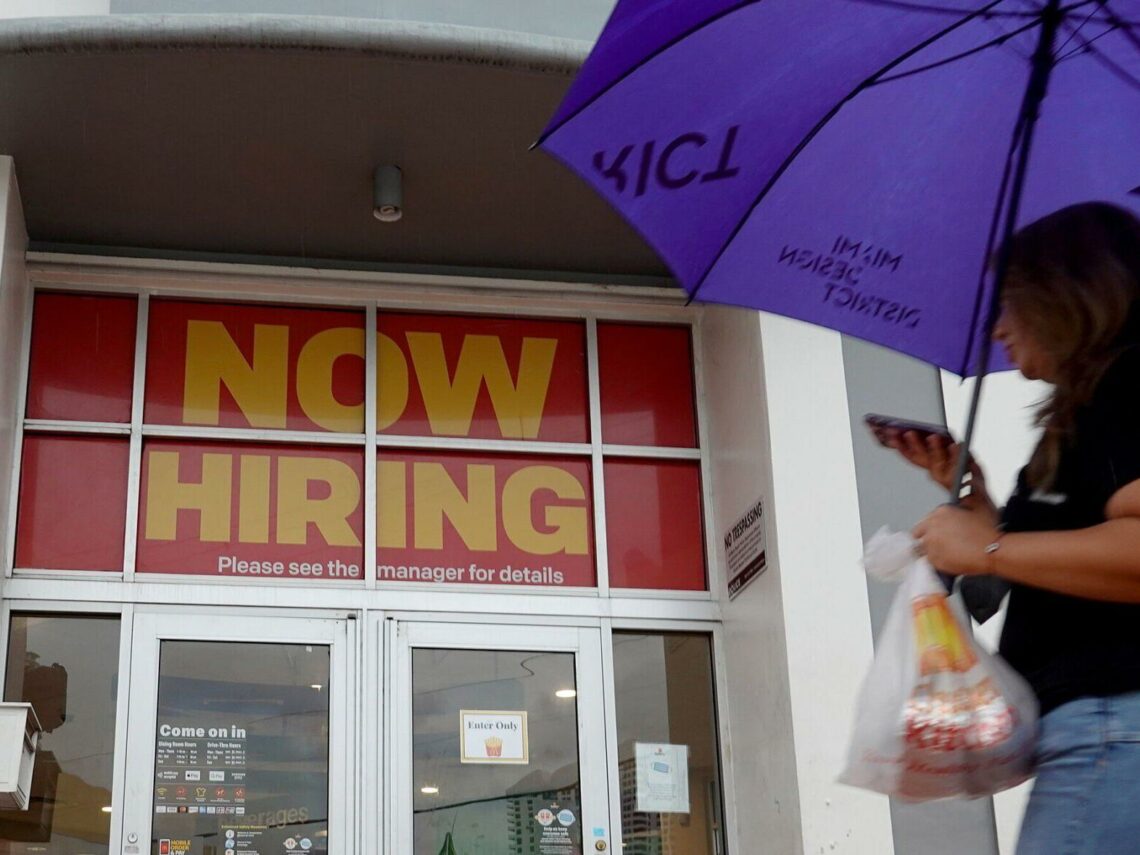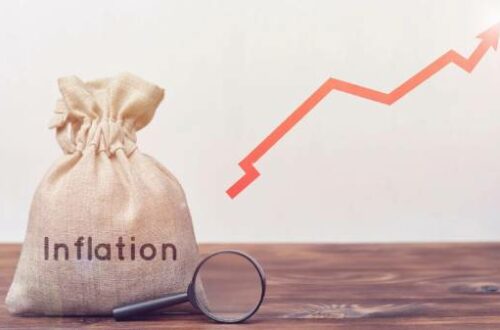
Here’s the reason joblessness claims hit their most reduced level starting around 1969
Starting cases for joblessness benefits tumbled to their least level since November 1969, on an occasionally changed premise, the prior week Thanksgiving.
Notwithstanding, unadjusted numbers recount an alternate story. They show the genuine number of cases expanded.
By and large, numbers are moving a positive way and show a bouncing back work market.
Week after week guarantees for joblessness helps at last fell beneath their pre-pandemic levels, as per information from the Labor Department.
Last week’s jobless cases added up to 199,000 when adapted to occasional swings, the most reduced level since November 15, 1969.
In the week finishing Nov. 20, there were 199,000 starting applications for joblessness protection, as indicated by the occasionally changed figures, a decrease of 71,000 from the earlier week. Claims tumbled to the least level since November 1969 and are presently well beneath the pre-pandemic box of 225,000 applications got the seven day stretch of March 14, 2020.
The decrease is uplifting news for the U.S. economy and work market. Notwithstanding, the feature figure covers a detail that probably causes the information to show up excessively ruddy, as indicated by work specialists.
Benefit claims hopped into the large numbers in March 2020 as the pandemic made the US economy shade. Over the 20 months from that point forward, claims have edged down pretty much consistently. They hit a pinnacle of 6.15 million in the seven day stretch of April 4, 2020.
The precarious drop in joblessness applications comes following a few in number a long time of occupation development and rising shopper spending heading into the Christmas shopping season. While high expansion has focused on numerous family spending plans, U.S. work development, financial creation, stock qualities and corporate benefits have all steamed ahead.
Occasional change
Laborers documented 199,000 introductory cases during the week finished Nov. 20, the U.S. Branch of Labor detailed Wednesday. (Introductory cases are an intermediary for benefit applications.) That’s the least since the week finishing Nov. 15, 1969, and a reduction of 71,000 from the earlier week.
Yet, that figure has an occasional change, which controls for cutback designs that happen at different seasons.
“Cutbacks are hitting new lows in the midst of progressing work deficiencies as bosses hope to clutch hard-to-track down specialists,” composed Glassdoor Senior Economist Daniel Zhao in a tweet.
The battle to observe staff has been a critical trait of the pandemic economy. Interest for laborers is high, however the workforce investment rate has slipped.
For laborers, it implies more decision: In September the quantity of individuals intentionally stopping their positions rose to record high 4.4 million.
“Getting new cases beneath the 200,000 level interestingly since the pandemic started is really critical, depicting further improvement,” said Mark Hamrick, boss monetary examiner at Bankrate.com.
“The strains related with more exorbitant costs, deficiencies of provisions and accessible work applicants are weighed against low degrees of cutbacks, wage gains and a falling joblessness rate,” he proceeded. “Development will probably be better than expected for a long time to come, however inside the setting of generally high expansion which ought to loosen up its hold on the economy somewhat in the year ahead.”
The unadjusted number (which mirrors the genuine number of cases) recounts an alternate story. Unadjusted starting cases expanded by 18,000, to right around 259,000, the prior week Thanksgiving.
How could the occasionally changed and unadjusted information move in inverse ways?
Essentially, the Labor Department anticipated that many more workers should apply for benefits than did during the prior week Thanksgiving. That displayed as a major abatement in occasionally changed cases.
All things considered, the emotional drop in last week’s cases probably exaggerates exactly how beneficial things are in the work market at this moment, said PNC boss financial analyst Gus Faucher.
“Albeit the dive in UI claims was unquestionably welcome, it doesn’t show an emotional turn in the work market. Claims are exceptionally unstable, particularly around occasions,” he said in a note to customers.
Without the occasional changes, in any case, guarantees really rose to 258,622 last week, in excess of 18,000 cases higher than in the prior week.
Proceeded with jobless cases, which count laborers who have petitioned for benefits for something like two continuous weeks, remained at around 2 million in the week finished November 13, down 60,000 from the earlier week.
Generally, 2.4 million Americans got government benefits under different projects in the week finished November 6, down from 3.2 million toward the finish of October.
The U.S. added 531,000 positions in October and occupation development in the earlier months was reexamined significantly higher after a line of what initially gave off an impression of being small gains. While organizations have battled to recruit enough specialists to fulfill flooding purchaser need, the decrease in jobless cases gives off an impression of being an indication of a further developing work market.
“Cutbacks are hitting new lows in the midst of continuous work deficiencies as businesses hope to clutch hard-to-track down laborers,” said Daniel Zhao, senior financial specialist at Glassdoor, in a Wednesday string on Twitter.
“It appears as though last week’s figures, specifically, were somewhat determined by the occasional change,” Zhao said of the enormous lessening in occasional cases. “I do hope to see a bounce back in claims before very long.”
Further, looking at claims across many years is trying because of various standards to gather benefits after some time, as indicated by market analysts.
Many states, for instance, made it harder to get benefits after the Great Recession, which would will generally lessen the quantity of individuals who apply for help comparative with past years. Be that as it may, expanded mindfulness around benefit accessibility during the pandemic may pushed more individuals to apply.
Mia is a literature author. Mia was not interested in becoming a writer when she was a child, a fact which she himself admits that separates her from fellow writers she has met. As a young adult, Mia did not know what she wanted to be. she remembered, however, how in high school, she had been a class clown, and that made her decide to become a books writer. Later on, she moves toward the writing news articles. In recent she writes her news on Stock Invests.
Disclaimer: The views, suggestions, and opinions expressed here are the sole responsibility of the experts. No STOCK INVESTS journalist was involved in the writing and production of this article.





